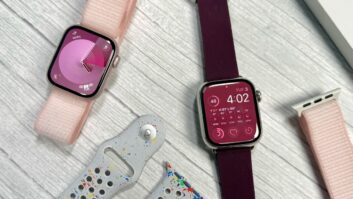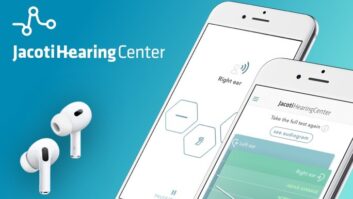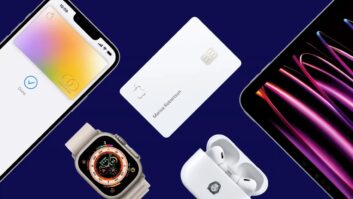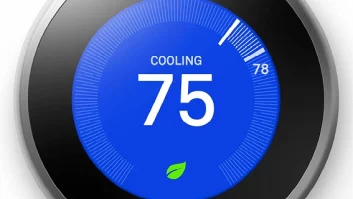Recent announcements by Google and Apple have many people wondering whether the dedicated portable navigation device (PND) is doomed.
I’m not one of them.
Certainly, the years of robust PND sales growth are far behind us, but PNDs are not going the way of sextants or paper maps. Smartphone navigation simply doesn’t meet the needs or desires of many drivers. Many drivers don’t want navigation prompts interrupted if a critical call comes in or they need to make an important call. Screen size is another factor. PNDs are available at a modest price with screen sizes up to 6 inches, 7 if you get a model designed for RVs and trucks. Big screens mean bigger maps and information displays, both important for driver safety. Bigger on-screen buttons also improve usability.
The screens of most smartphones, in contrast, are smaller than the 4.8-inch screens of Samsung’s planned flagship Galaxy S III. An iPhone screen (for now) is a measly 3.5 inches.
Smartphone navigation does come in handy, however, if you get lost driving a rental car or someone else’s car and a PND isn’t available.
GPS accuracy and speed in acquiring location position are other PND advantages. In fact, Magellan bundles an iPhone navigation app with cradle that incorporates a GPS chipset that’s speedier and more accurate than the iPhone’s GPS chip.
As for a smartphone’s presumed advantage in accessing live traffic information, fuel price updates, Google Local Search, weather forecasts and travel-related web sites, there are many connected PNDs that can do the same, whether via built-in cellular modem or Bluetooth connection to your smartphones.
On the other hand, smartphone developments are eroding one key PND advantage — embedded maps and routing algorithm. Nokia has offered several phones in the U.S. with embedded maps and turn-by-turn navigation algorithm, and in the next few weeks, Google will give Android phones the ability to store maps locally for turn-by-turn navigation, having relied previously on cloud-based navigation for its native navigation app (which is free, by the way). I’m not sure if Apple’s planned iOS native navigation app, which will also be free, features embedded maps or cloud-stored maps. Apple didn’t address that issue on its web site.
Without embedded maps, drivers who lose cellular signal and want to change their destination on the fly might not be able to download the maps and instructions they need. On the other hand, if a driver simply makes a wrong turn and wants to get back on track to the intended destination, cloud-based navigation will do the trick, rerouting you even if you lose cellular signal because the phone will have downloaded maps of roads along your original route.
On a related topic, the native iOS navigation app will likely reduce sales of third-party navigation apps for the iPhone. That could slightly reduce demand for new aftermarket car stereo head units that control select iPhone apps, including navigation apps, that are controlled from the head units, which also display the navigation app’s maps. On the other hand, if the native iOS 6 navigation app can be controlled from these head units, the appeal of the head units will only be enhanced.
For background, the performance of the native iOS 6 navigation app exceeds the performance of Apple’s current native navigation app, a basic app that’s not easy to use while driving. The current app doesn’t prompt you by voice to turn; it makes visual prompts. And the current app’s map view is a birds’ eye view rather than the through-the-windshield view that’s easier for drivers to grasp.
iOS 6 will also offer 3D flyover views of a city.












